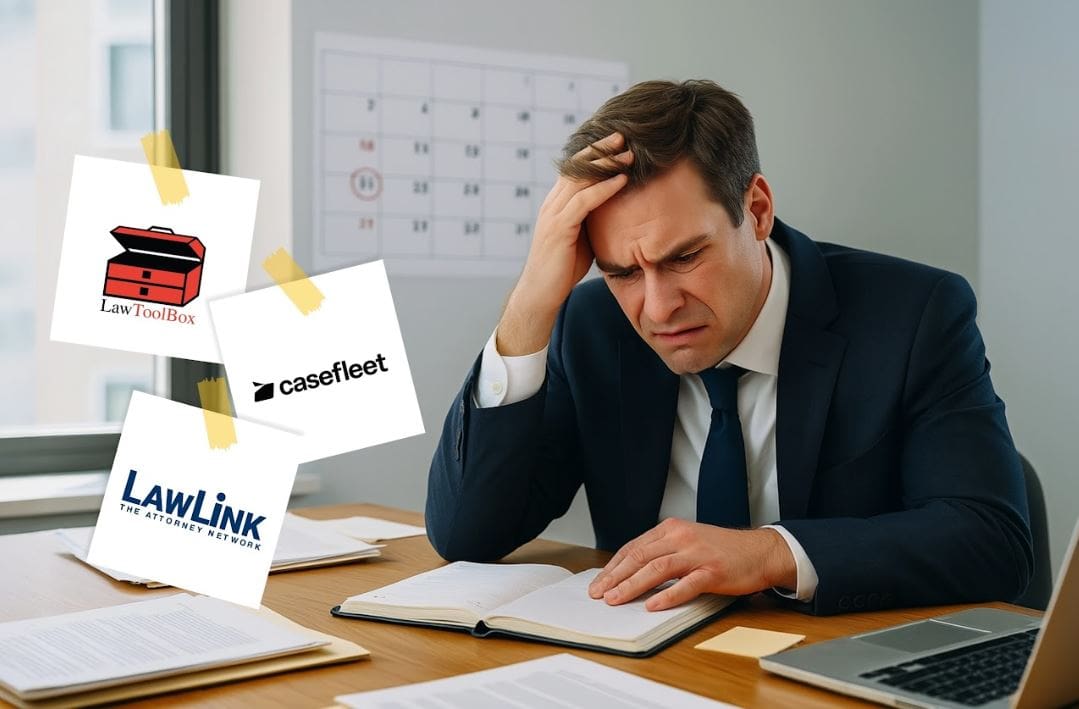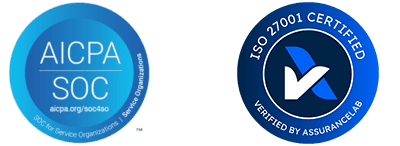Creating simplicity: using precedents and templates
We’re not all writing code
Simplicity is a proven principle for success, and there are simple improvements lawyers can make which don’t involve learning to write code, revamping their entire way of working, or dreaming up imaginative innovations.
If you only listened to we legal tech vendors, you’d think in-house lawyers are focused on installing AI systems, automating contract management, and writing complex code, but the reality is completely different. Lawyers are practical and busy. Many are like the mythical woodcutter, too busy chopping wood to stop and sharpen the saw.
One of the achievable ways forward is to improve the age-old practice of using precedents. Precedent documents are the bedrock of legal practice. Every lawyer uses precedents and has a system for finding the right ones. However, for most lawyers, the process can be improved.
Modern tools enable you to readily identify the appropriate precedent and to know when to use it. Matter management systems can launch the right precedent and layout the workflow steps for a particular matter type.
In this article, we leave aside the perennial issue of curating the precedents which require work and discipline to create them and keep them up to date. Our argument is that the time-saving and risk reduction justifies the investment in precedent creation.
This series will show that there is an achievable way to improve how legal departments work by linking precedents with workflow.
Why template the workflow process?
If you use a workflow template of previously established processes your less experienced colleagues can advance faster, the process is speedier and the risk of missing a step or adding a wrong step is reduced.
A famous example of workflow templating concerns the development of the B17 bomber. When the B17 crashed and burned on its first test flight in 1935, the US Air Force was ready to discard the plane as too hard to fly. However, a group of test pilots got together to consider what to do. Rather than stipulating more pilot training, they came up with a brand-new approach. They invented a deceptively simple new process and a new phrase, the ‘pilot’s checklist’.
The result was that the US Airforce went on to buy 13,000 B17s and the B17 became the United States’ main bomber for World War 2.
Similarly, Tom Wolfe’s ‘The Right Stuff’ tells the story of Chuck Yeager and the other astronauts in the dangerous environment of 1950s rocketry. The test pilots had to have focus, daring, wits, and an ability to improvise – the right stuff. But as the knowledge of how to control the risks of flying accumulated, checklists and flight simulators developed, the dangers reduced, and the hero status diminished with it.
Some lawyers still like to consider themselves as audacious heroes developing clever, bespoke solutions under high pressure. There’s always a place for these individuals, but the experiences in rocketry and medicine show that at a large scale, better and safer results are obtained with a more methodical approach.
Common precedents v individual precedents
Many lawyers keep their own individual precedents, historically for good reasons – they don’t trust the collective effort to keep precedents up to date and they are mindful of their personal liability for errors.
However, the Victorian Legal Practitioners’ Liability Committee specifically warns against this practice. Claims have arisen where a lawyer copies over a document from an old file for use in a new matter but fails to make all the necessary changes because of a lack of attention to detail. Errors range from failure to add the correct variables eg names of the parties, to missing important updates.
Precedents are not a set and forget tool and previous matter documents should not be regarded as precedents. Ideally, resources should be allocated to curating precedents, keeping them up to date and relevant.
Templating and matter management
Modern matter management systems like Dazychain help to overcome the problems of which precedent to use in a particular circumstance. These systems help legal departments operate at scale and at speed, with less dependence on audacious legal heroes.
When you use a matter management system with templated processes it links you to the correct precedent at each step.
By Katherine King









